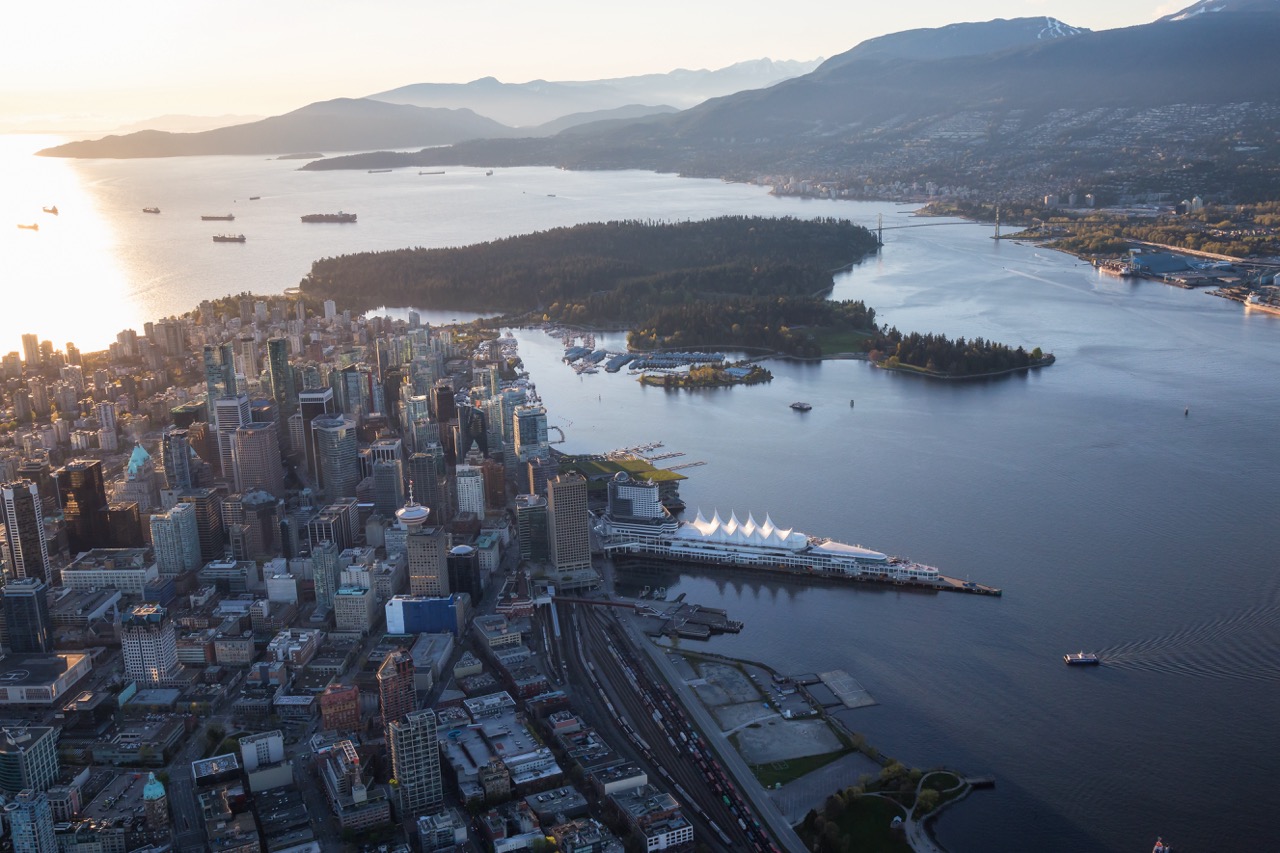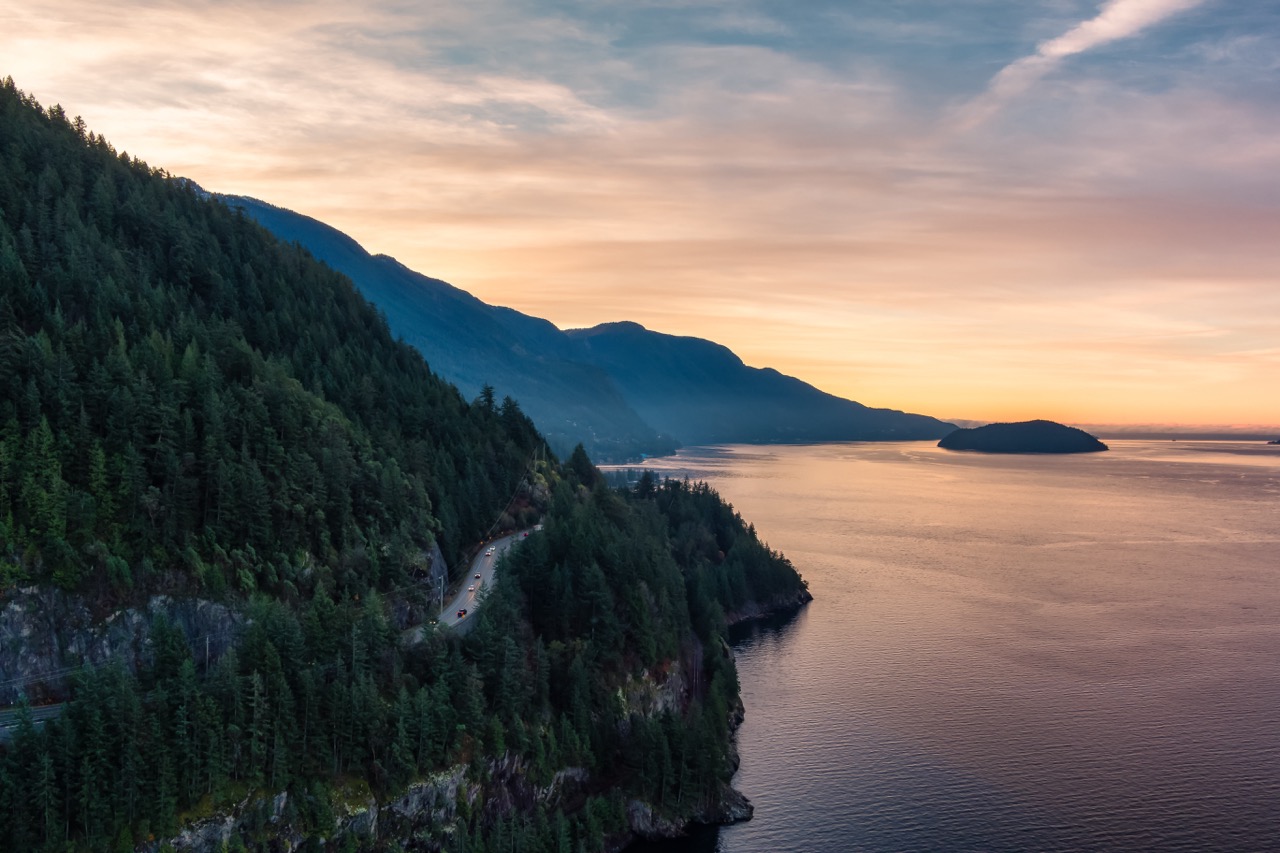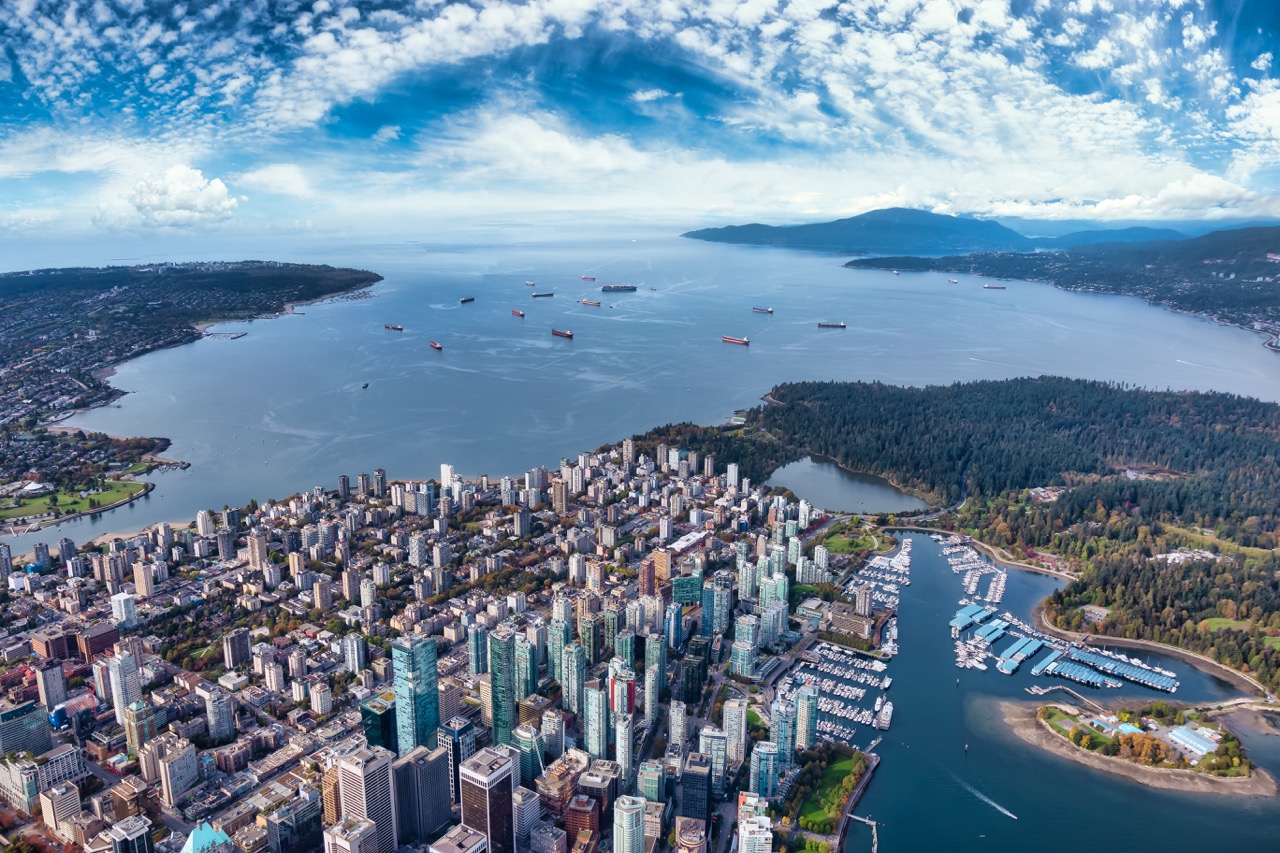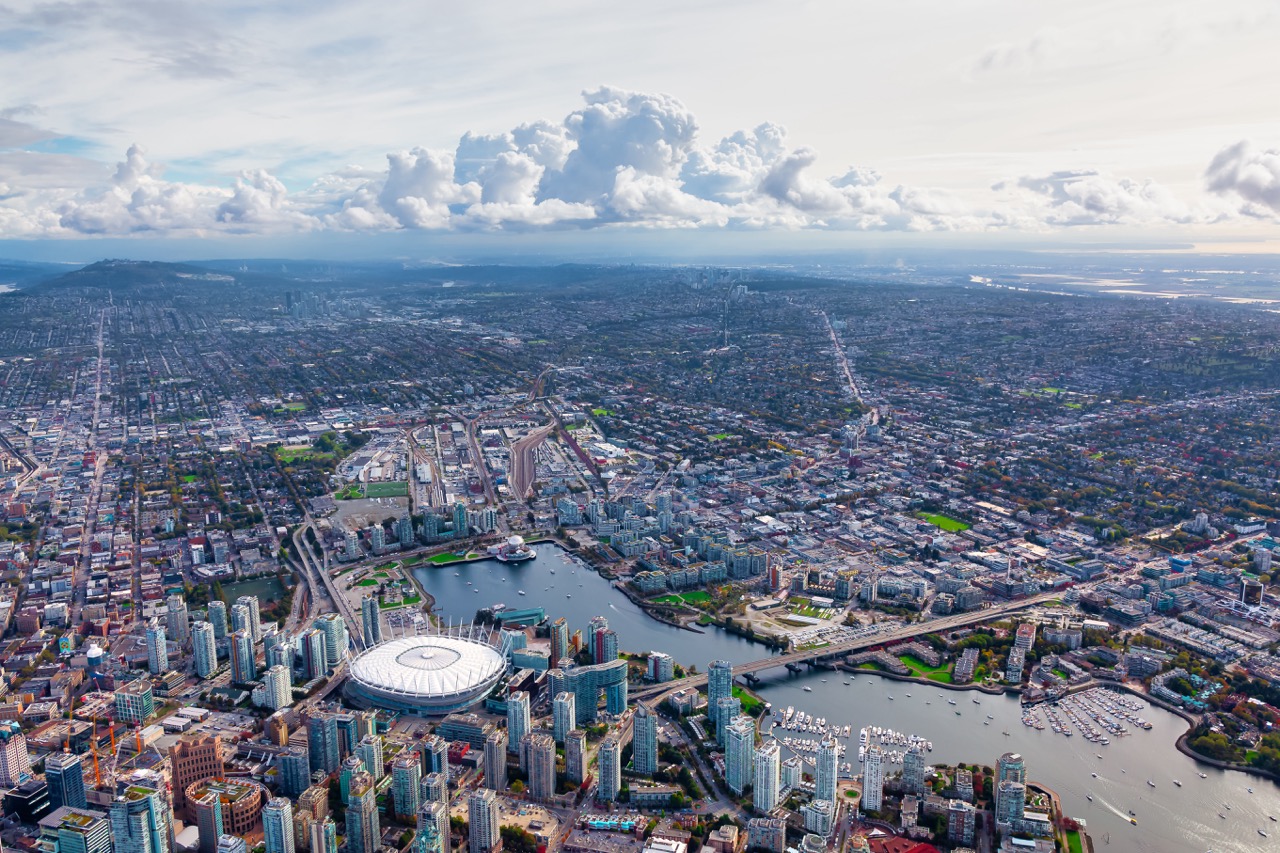British Columbia (BC) is becoming a significant player in the global wine scene, thanks to its diverse climate and varied terroirs. From the rolling hills of the Okanagan Valley to the cooler coastal regions, BC’s wine regions are rich with opportunities for enthusiasts and casual drinkers alike. Whether you are a connoisseur seeking to expand your palate or a beginner eager to learn more about the world of wine, wine tours in British Columbia offer a delightful blend of education and enjoyment. Here’s what you can generally expect when embarking on a journey through BC’s lush vineyards.
Overview of British Columbia’s Wine Regions and Varieties
British Columbia boasts several distinct wine regions, each offering unique varietals and experiences. The Okanagan Valley, the most renowned, is characterized by its warm climate, which is ideal for growing everything from rich Cabernet Sauvignon to crisp Riesling. The proximity to lakes moderates temperatures, allowing for a longer growing season and enhanced flavor profiles. Beyond the Okanagan, the Fraser Valley offers cooler climate varieties and is gaining a reputation for producing exceptional Pinot Noir and Chardonnay.
Another noteworthy region is the Vancouver Island, where the maritime climate allows for a different set of varietals, including Pinot Gris and Gewürztraminer. Here, wineries often take a more sustainable approach to viticulture, embracing organic and biodynamic farming practices. Additionally, the Gulf Islands also showcase some boutique wineries that focus on small-batch wines, often featuring blends that highlight the unique characteristics of their surroundings. Each region’s distinctive climate and soil contribute to the overall diversity of flavors found in BC wines.
As you explore these regions, visitors will be pleased to discover a wide range of wine styles, from traditional Bordeaux blends to innovative fruit wines and sparkling options. This diversity is a testament to both the adaptability of winemakers and the unique conditions found in British Columbia. Overall, the range of varietals available makes BC a fascinating destination for any wine lover, promising a rich exploration of flavors and backgrounds.
Planning Your Itinerary: Top Wine Tours to Consider
When planning a wine tour in British Columbia, several well-regarded tours cater to different preferences and budgets. Many visitors opt for tours focusing on the Okanagan Valley, where companies like Okanagan Wine Tours and Discover Okanagan offer comprehensive packages that include visits to multiple wineries, tastings, and sometimes even dining experiences paired with local wines. These tours can range from half-day excursions to full-day experiences, ensuring that travelers can find options that fit their schedule.
In the Fraser Valley, wine tours such as Fraser Valley Wine Tours provide visitors with an opportunity to sample wines from a variety of smaller, family-owned vineyards. These tours often emphasize personal interactions with winemakers and may include farm-to-table experiences that highlight local produce in conjunction with wine pairings. Visitors can also explore the burgeoning wine scene on Vancouver Island, with tours that often include scenic views of the coastline and visits to unique wineries that showcase the island’s terroir.
For those seeking a more personalized experience, many wineries offer private tours or bespoke packages, allowing guests to craft their ideal itinerary based on specific interests. Whether you prefer larger group tours or intimate, tailored experiences, there is no shortage of options when exploring BC’s wine regions.
What to Expect: Wine Tasting Etiquette and Tips
Participating in wine tastings is an integral part of the wine tour experience, and understanding the etiquette can enhance your enjoyment. It’s customary to take a moment to appreciate the wine visually before swirling it in your glass. This allows you to observe its color and clarity, which can offer insights into its age and varietal. When it’s time to taste, small sips will enable you to explore the wine’s flavor profile, and don’t hesitate to engage with the staff to ask questions about the winemaking process or the vineyard’s history.
A key component of wine tasting etiquette is pacing yourself. Wine tours often include multiple tastings, so it’s wise to sample in moderation to avoid overindulgence. Many tastings will offer a spittoon for those who prefer to savor the flavors without swallowing each pour. Additionally, being respectful of other guests and staff is essential; this means refraining from excessive noise and ensuring you leave the space clean and tidy.
Lastly, consider jotting down notes about the wines you sample. This can be particularly useful when trying to recall your favorites later. Many wineries provide tasting sheets for this purpose. Engaging actively with the experiences offered will enrich your wine tour and contribute to a greater appreciation of BC’s wine culture.
The Role of Local Cuisine in Wine Tours Experience
One of the most delightful aspects of wine tours in British Columbia is the opportunity to pair local cuisine with exquisite wines. Many wineries offer onsite restaurants or partner with local chefs to present tasting menus that complement the wines being served. This farm-to-table approach not only enhances the tasting experience but also emphasizes the connection between local agriculture and the wine industry. Guests can expect dishes that highlight seasonal ingredients, including fresh seafood, locally sourced produce, and artisanal cheeses.
In the Okanagan Valley, for example, you might find a winery that pairs their bold red wines with grilled meats, while a lighter white may be offered alongside a seafood dish. This practice not only elevates the wine experience but also allows visitors to savor the culinary traditions of British Columbia, providing a holistic approach to the tour. Many tours offer optional culinary experiences, adding another layer of enjoyment and education.
Moreover, the local cuisine can also pave the way for discussions about regional food pairings and the principles of gastronomy. Participating in these culinary experiences creates an opportunity for guests to ask questions and learn from sommeliers or chefs, ultimately deepening their appreciation for the intricate relationship between food and wine. This dual focus on wine and food is a hallmark of BC’s wine tours, making them memorable and enriching.
Seasonal Highlights: Best Times for Wine Tours
The best time to partake in wine tours in British Columbia can vary depending on what you wish to experience. Spring (March to May) is a lovely time for wine tours, as the vineyards begin to awaken from winter dormancy. Visitors can enjoy the sight of budding vines and often benefit from fewer crowds. Spring also brings a host of culinary festivals and events centered around local flavors, making it an ideal time for food and wine enthusiasts.
Summer (June to August) is peak season for wine tourism in BC. The warm weather attracts tourists, with many wineries hosting outdoor events, tastings under the sun, and live music. This vibrant atmosphere, combined with long daylight hours, makes summer a fantastic time to explore the Okanagan and other regions. However, it’s essential to book tours in advance during this period, as popular wineries can fill up quickly.
Fall (September to November) is harvest season, providing a unique opportunity to witness the winemaking process in action. Many wineries offer harvest-themed events, including grape stomping and tours of the winemaking facilities. The stunning autumn foliage also enhances the scenic beauty of the vineyards. The cooler temperatures in fall may lead to more intimate gatherings, offering a different ambiance than the bustling summer months. Ultimately, the best time to visit will depend on personal preferences and the type of experience you seek.
Evaluating the Value: Cost Considerations for Tours
When evaluating the cost of wine tours in British Columbia, it is important to consider the value they provide. Prices can vary widely based on the type of tour, duration, inclusions, and group size. Half-day tours typically range from $75 to $150 per person, while full-day excursions can range from $150 to $300, depending on the number of wineries visited and any additional experiences offered, such as dining or guided tastings.
In general, group tours tend to be more affordable than private ones, which can be tailored to suit individual preferences. While private tours may carry a premium, they often come with personalized service and experiences that can make them worthwhile for those seeking a more curated adventure. Additionally, many wine tours include the cost of tastings, which could save visitors money compared to paying separately at each winery.
It’s also vital to factor in transportation costs. Many tours provide transportation from central locations, offering an added layer of convenience and safety. Overall, while wine tours in BC can range from budget-friendly to luxurious, a well-chosen tour can provide a rich experience of wine, culture, and local cuisine that is well worth the investment.
Wine tours in British Columbia present a captivating opportunity for wine lovers and culinary enthusiasts alike to explore the region’s diverse offerings. With a variety of regions and wineries to discover, carefully planned itineraries can ensure a rewarding experience. Understanding the etiquette of wine tasting, the importance of local cuisine, and the seasonal highlights can further enhance the journey. As you embark on this adventure, the value gained from these tours is not solely measured in dollars but in the memories created and the knowledge acquired along the way. Whether you are a seasoned wine aficionado or a curious first-timer, BC’s wine tours promise an enriching experience that captivates the senses.




